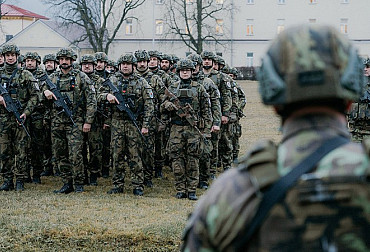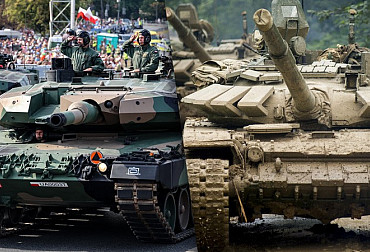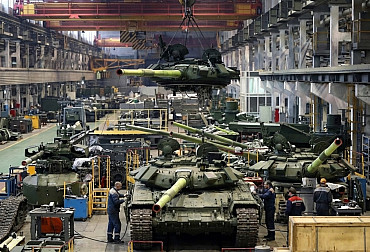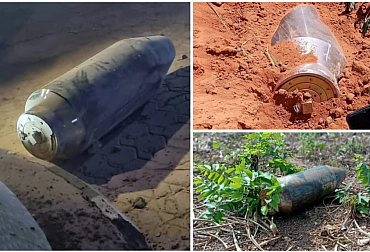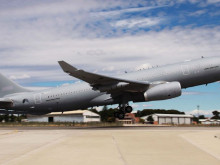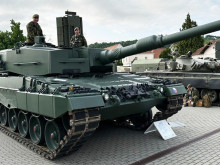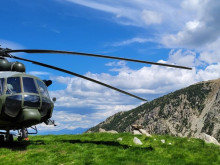The Future of the Transport Aviation of the Czech Air Force
Logistics and in particular the issue of transport aviation has been discussed in the public space since the COVID-19 pandemic and this topic has gained renewed importance in connection with the war in Ukraine, when European countries are preparing to purchase new transport aircraft. Similar efforts can also be observed in the Czech Air Force.
Apart from its own, largely limited, transport capabilities in the form of 6 CASA C-295M and C-295MW aircraft, the Czech Republic has at its disposal international initiatives SALIS (Strategic Airlift Interim Solution) and MRTT-C (Multi Role Tanker Transport Capability). In the first case, it is a shared capacity of An-124 Ruslan transport aircraft, while the second initiative is focused more on air refuelling capability with limited transport capacity.
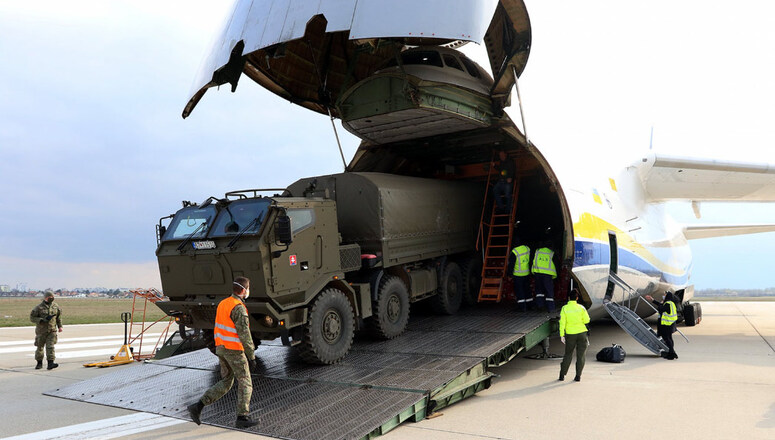 Picture: Unloading a Slovak Army Tatra truck from an Antonov An-124 transport aircraft as part of the SALIS initiative | NATO
Picture: Unloading a Slovak Army Tatra truck from an Antonov An-124 transport aircraft as part of the SALIS initiative | NATO
In both projects, however, the Czech Republic has only a limited number of hours leased (100 hours in the MRTT-C project), so as the Czech Air Force portal states "it is very naive to think that the Czech Republic with its small share will get priority over other users who pay a larger share of the overhead and have much larger numbers of hours allocated. For this reason, it may be appropriate to consider another solution in the form of acquiring our own aircraft."
The above statement was confirmed by the events during the COVID-19 pandemic, especially in 2021 when the need for immediate evacuation of people from a hazardous environment in Afghanistan proved that capacity sharing is not the optimal choice for crisis periods. Moreover, in the context of the war in Ukraine, the question arises whether the operation of An-124 Ruslan transport aircraft is still sustainable and whether these aircraft can fulfil the tasks assigned in the medium or long term.
The author of the article certainly does not reject joint initiatives, which, for example, in the aftermath of Operation Unified Protector in Libya, certainly made sense, but these initiatives cannot be relied upon forever. Moreover, the current war in Ukraine shows that all the defence capabilities of all Alliance members need to be strengthened. It would therefore be appropriate to consider building sufficient national capabilities and then building joint Alliance capabilities to complement or replace national capabilities.
The aim is to find a sustainable and balanced model of national capabilities and complementary international initiatives. The Czech Republic has a wide range of options to choose from thanks to its membership in the Alliance, but some limitations need to be taken into account. Taking into account the economic possibilities of the Czech Republic and its membership in the Alliance, it is then necessary to consider the highest possible degree of alignment with other Alliance member states.
Furthermore, given the realities of the Czech Republic, it is appropriate to consider the multi-purpose nature of such an aircraft, which could be used not only by the Czech Army for transport/transport purposes, but also, for example, for in-flight refuelling training. The Integrated Rescue System (IRS) should not be left out either. For example, the Fire and Rescue Corps could use the aircraft to extinguish large-scale fires or, for example, in the event of the need to transport a USAR (Urban Search and Rescue) team abroad, which would eliminate the need to transport Czech firefighters by civil airlines, as was the case when they were moved to Beirut or later to Turkey.
The exact requirements for the new transport aircraft have not yet been disclosed by the Ministry of Defence, but the required range of the aircraft should be at least 3,000 kilometres and the aircraft should be able to carry a minimum of 20 tonnes of cargo. A possible ability to land and take off the aircraft on unpaved surfaces, or STOL (Short Take Off and Landing) capability, seems logical.
If we were to consider, for example, the acquisition of a US-built C-17 Globemaster III, we should bear in mind that this aircraft is no longer in production as of 2018 (the last machines were reportedly produced in 2015). According to the magazine Defense News, the US Air Mobility Command has produced several studies on future mobility needs, which show that the US armed forces will have to expand their fleet of transport aircraft by 2030, which on the one hand offers some hope for the resumption of production of the aircraft, but it is very likely that in this case the manufacturer will rather give priority to the US armed forces and will not be able to deliver aircraft to other customers by the aforementioned 2030. The fact that only the UK is using this aircraft among European countries (if we do not count the Strategic Airlift Capability initiative) also seems problematic.
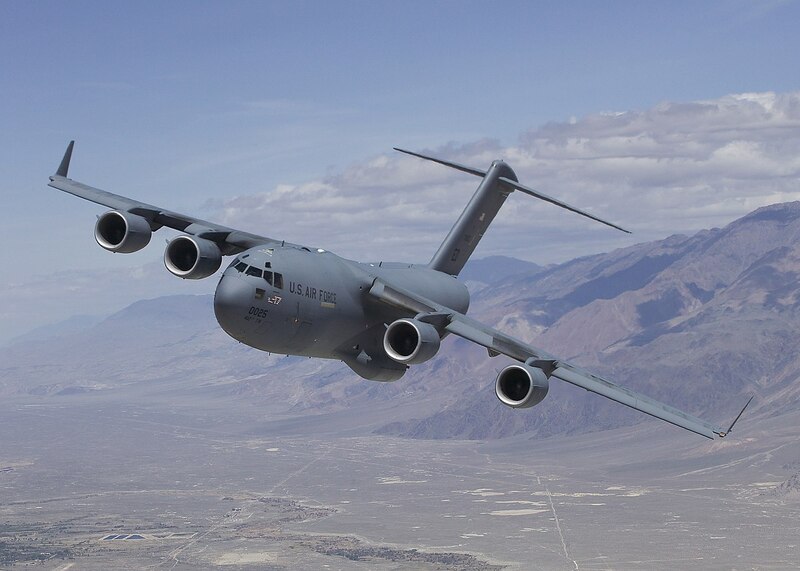
Picture: C-17 Globemaster III | U.S. Air Force
Although the C-130 Hercules transport aircraft of American origin are used by several European states (e.g. Germany, France, Denmark, Italy, Norway, Great Britain, etc.), the question of its possible availability in the medium and long term is also a question in view of the increasing American military presence in the Indo-Pacific and the related expected need to increase the number of American transport aircraft in response to the increasing Chinese military presence in the region or as a result of a direct armed conflict with China.
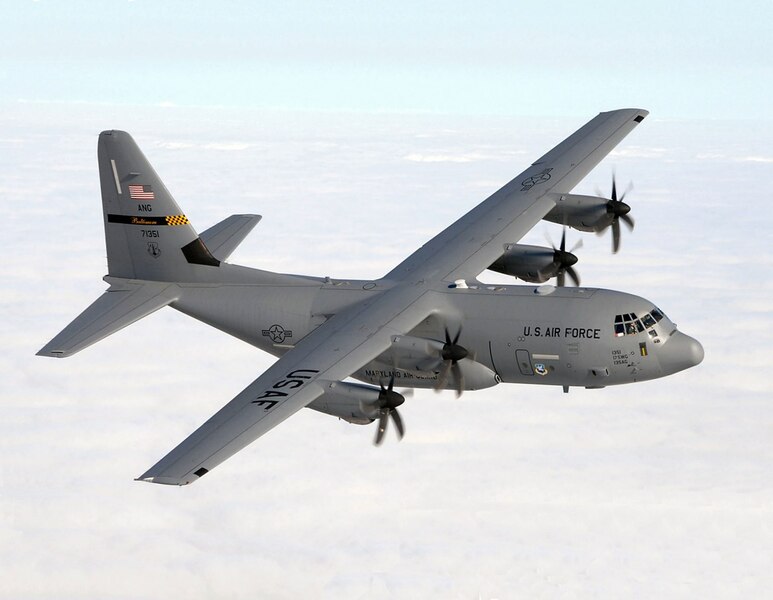 Picture: C-130J Super Hercules | U.S. Air Force
Picture: C-130J Super Hercules | U.S. Air Force
In addition, the European Airbus A400M Atlas transport aircraft is under consideration. It was these aircraft that the Czech Ministry of Defense was interested in in 2017, according to the Defense News website, when it was supposed to negotiate a joint lease of 13 units with Switzerland. The A400M aircraft are equipped by the air forces of Germany, France, Great Britain, Spain, Belgium and Turkey within NATO.
.jpg) Picture: Airbus A400M Atlas | German Air Force
Picture: Airbus A400M Atlas | German Air Force
As part of the future acquisition of transport aircraft for the Czech Air Force, we should also mention the Brazilian Embraer KC-390 Millennium, which is or will be used by Hungary, the Netherlands and Portugal. This aircraft has already been demonstrated twice in the Czech Republic, most recently in June last year in the presence of Defence Minister Jana Černochová. During last year's demonstration, the army successfully tested loading the KBVP Pandur II 8x8.
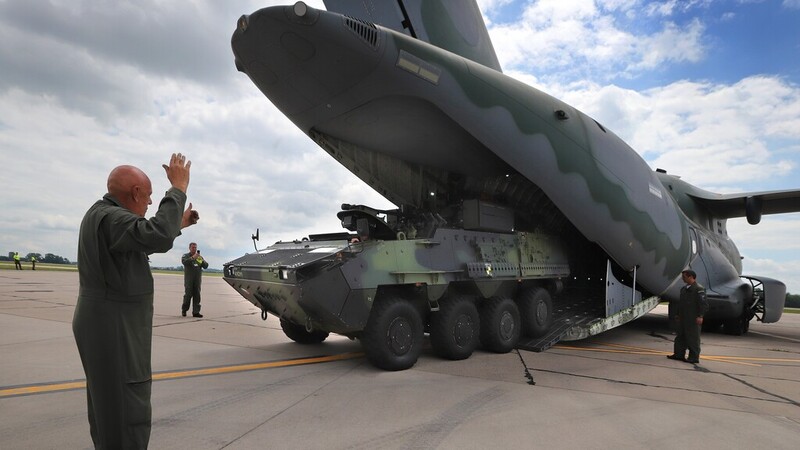 Picture: Presentation of Embraer KC-390 Millennium - loading of Pandur II 8x8 | Jan Schejbal / Ministry of Defence of the Czech Republic
Picture: Presentation of Embraer KC-390 Millennium - loading of Pandur II 8x8 | Jan Schejbal / Ministry of Defence of the Czech Republic
Whatever machine our Army chooses, it would be advisable to take into account economic, technical as well as geopolitical parameters. At the international level, then, it makes sense to look for a sustainable model combining national airlift capacity building and complementary international initiatives.
















